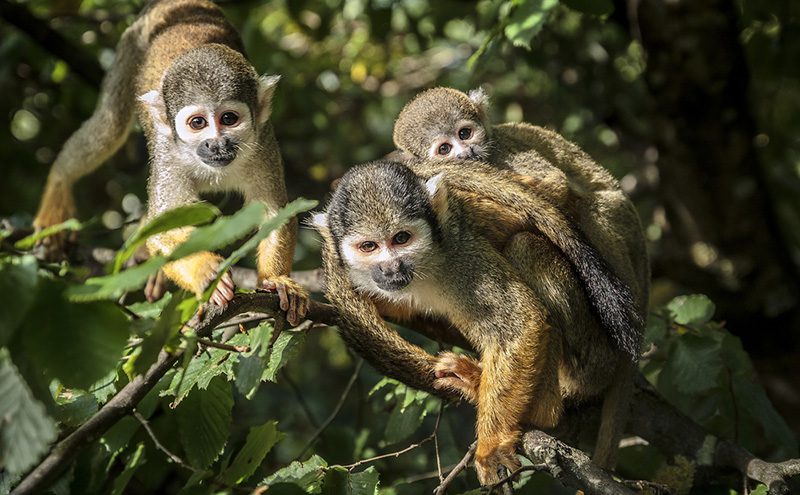
Restoring populations of large mammals in the wild does not only revitalise the flora and fauna, it can also help in mitigating climate change. For example, by increasing the capture of carbon by ecosystems. This is the conclusion of ecologists representing several universities, including Utrecht University, in a synthesis of existing studies. The researchers published their results in Philosophical Transactions of the Royal Society B.
During the first half of the twentieth century, the number of wildebeest in the Serengeti plummeted to an all-time low as a result of widespread rinderpest. From 1960 the wildebeest population began to increase once more, and their grazing and trampling led to increased soil productivity and a reduced incidence of savanna wildfires. An American study showed that the effect of this was so strong that the return of the wildebeest resulted in the area turning into a CO2 sink. Where the vast plains had once been a source of CO2 emissions, the area now absorbs more CO2 than it emits, so much so that it offsets a great deal of East Africa’s annual fossil fuel carbon emissions.
Restoration of mammal populations
The loss of historical megafauna – mammals weighing more than 40kg – is being increasingly connected with large-scale changes in how the Earth functions. ‘Rewilding’ is the restoration of ecological functions in an area by reintroducing recently lost or restoring strongly reduced populations of these large mammals. In this synthesis, ecologists from Utrecht University, the Swedish University of Agricultural Sciences (SLU), Nelson Mandela University and the University of New Mexico present several strong examples that show a positive connection between rewilding and climate change mitigation, such as the capture of large amounts of CO2 by ecosystems.
Large animals disperse large seeds
“Another striking example is the role of megafauna in the dispersal of seeds from tropical hardwoods”, explains Associate Prof Joris Cromsigt, ecologist at Utrecht University and SLU and first author of the publication. “The harder the wood of a tree, the more carbon the tree captures. But the harder the wood, the larger the seed, and the greater the tree’s dependence on megafauna for seed dispersal. Recent research shows that the loss of large mammals could be responsible for a 10% reduction in carbon capture in tropical forests in certain parts of the world. The restoration and conservation of tropical forests is one of the frequently mentioned strategies for combating global warming, and it seems that rewilding of the tropical forests can significantly increase the effectiveness of this restoration.”
Reindeer counteract thawing of permafrost
Cromsigt mentions a third example: “In the northern latitudes a great deal of carbon is stored in permafrost. Under global warming the permafrost is thawing, which releases a substantial amount of greenhouse gases. One of the effects of warming is that shrubs are increasingly encroaching on the tundra, and these darker shrubs absorb more solar heat than grass, which is leading to accelerated thawing of the permafrost and more warming. Northern megafauna, such as the reindeer, musk ox and Przewalski’s horse can inhibit this shrubification of the tundra. So reintroducing these mammals here can also contribute to fighting global warming.”






